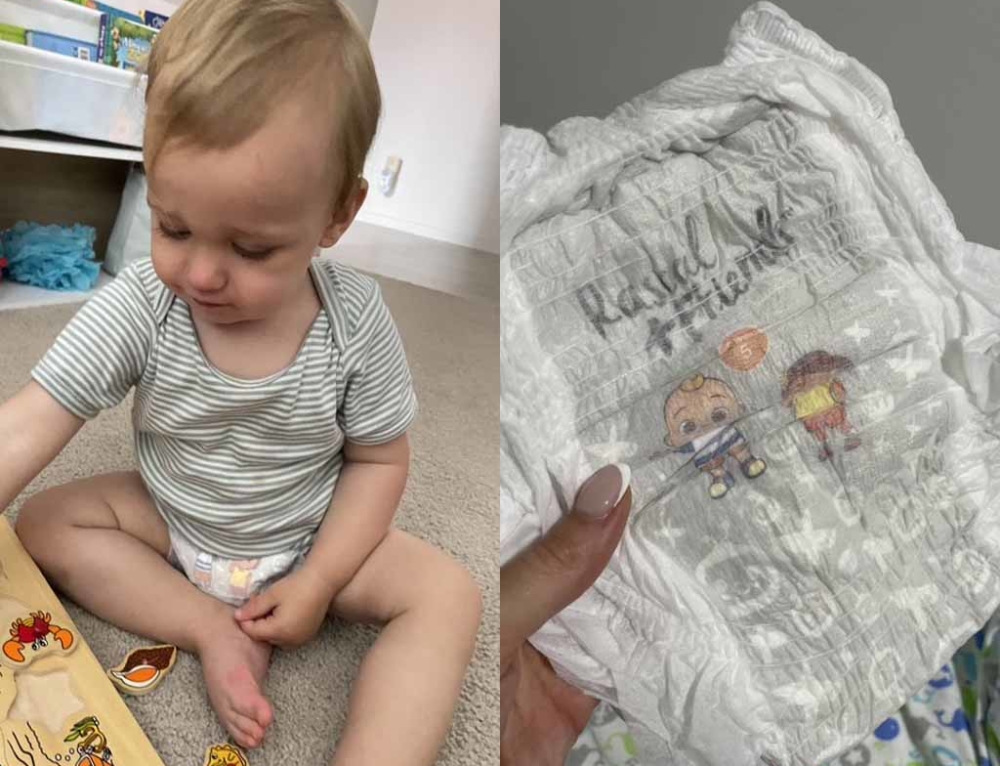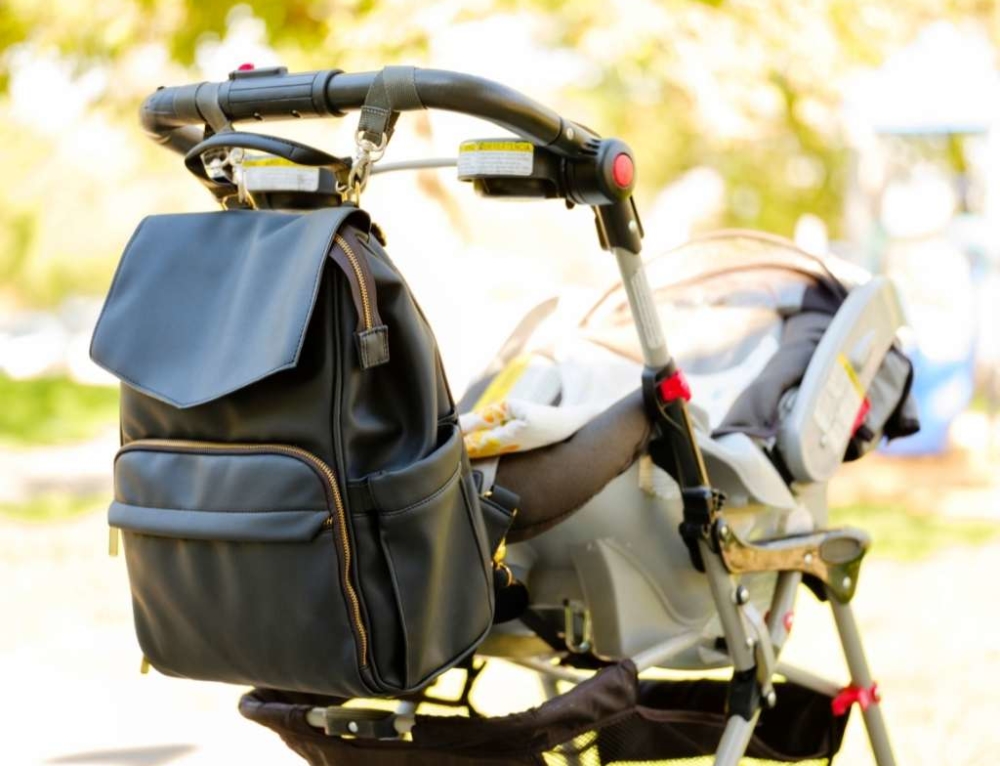What is reflux?
Reflux describes a medical condition where the muscle at the top of the stomach doesn’t work well enough to stop the contents of the stomach rising up the oesophagus resulting in vomiting. This is a common condition in babies and for most of them, won’t cause any concern. An estimated 8% of newborns experience either excessive or ‘silent’ reflux which can result in a very unhappy baby.
Excessive reflux
When reflux is excessive, the frequency and severity can affect your baby’s general health and wellbeing. Symptoms can include:
- Behavioural changes – as a result of associating pain with sustenance, some babies will try to resist feeding.
- Failure to thrive – not enough calories are being absorbed to allow growth.
- Lung complications – aspirating even small amounts of the stomach contents can lead to lung problems such as bronchitis and even pneumonia.
- Oesophagitis – bleeding and/or inflammation of the oesophagus due to stomach acid burning the oesophagus.
Silent reflux
With silent reflux, painful ‘heartburn’ symptoms are experienced instead of vomiting. Because there is no vomiting, this can be confused with wind or colic.
Babies suffering silent reflux typically experience discomfort 60-90 minutes after feeding at which time the stomach’s contents usually move into the intestines for absorption. With silent reflux, the weak muscle at the top of the stomach means some food is squeezed upwards into the oesophagus.
How to feed your baby
While breastfed and bottle fed babies suffer from reflux equally, studies have shown that reflux in breastfed babies tends to be shorter and less frequent than those who are bottle fed. Breast milk is generally digested faster than formula, so it has less time to hang around and cause trouble. Regardless of how you are feeding your baby, you should:
-
Feed your baby in an upright position.
If you are breastfeeding you may need to experiment with positions to find the best one that will allow your baby to remain fairly upright during feeding. Some mothers report success by having their baby face their breast while straddling their leg. Others prefer to stand up while feeding their baby in a modified twin-style hold.
-
Keep feeds small and frequent.
Your baby may prefer to feed often and this is actually good for them as this causes less pressure on the stomach muscle than a large sudden intake of food.
-
Keep baby upright.
For at least half an hour after feeding, keep your baby upright. You may want to hold him on your shoulder or perhaps use a front pack or baby seat.
-
Introduce a reflux-friendly routine.
Try to keep to a routine where your baby feeds when he wakes up so that he’ll have plenty of play time to allow the milk to digest before lying down to sleep.
-
Don’t let your baby fall asleep while feeding.
Catnapping on the breast or bottle always leads to pain once the feed has finished so try to avoid feeding when your baby is tired.
-
Try feeding solid food first.
Once your baby is old enough to be eating solid food, try offering this to him before his milk feed as this seems to keep the milk down. For younger babies, try a small amount of thickened milk at the beginning of a feed. Many bottle fed babies find relief from reflux when thickened formula is used.
Helping your baby with reflux
You can help your baby with reflux be more comfortable by:
- Burping regularly through each feed. By frequently burping your baby, you will keep the air that is gulped into the stomach during a feed to minimum, thereby reducing the volume of milk that may be vomited.
- Changing nappies before feeding. This will avoid the necessity of lying your baby down when he has a tummy full of milk.
- Avoiding reflux-y foods. If you’re breastfeeding, it’s best to avoid eating foods that may pass through your breast milk and upset your baby. These can include: spicy foods, caffeince, fatty foods, dairy products.







Leave A Comment
You must be logged in to post a comment.